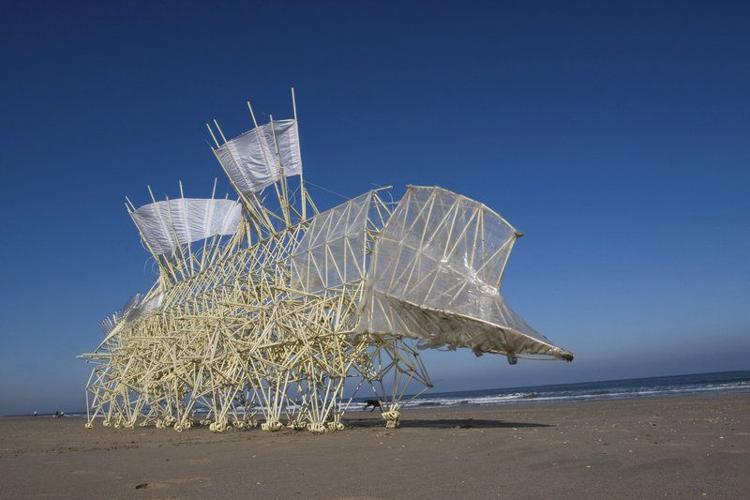The Math of Art
An excellent start to the insights I've learned through mathematics influencing art and science is the vanishing points while looking at art. One-point perspective art utilizes math with determining the distance with one point on the painting as a vanishing point. The image lines help to bring a perspective to the image as they converge onto a single point which depends on the tile diagonal. Every angle and line in the image serves as an important function to bring the image to life and personify it.
One of the most interesting innovators that piqued my interest is Charles Csuri. He combined art, science, and technology to help advance society through his computer graphic pioneering. He used math to make his art even during his younger years talking about "making changes in a two-dimensional space where you use an additive and subtractive process until the picture is finished”. From this way of thinking, he was able to use technology to his advantage taking his images beyond conventional painting to digital origins with an almost infinite amount of possibilities.
The photo of the art sculpture helps to explain in more detail on how mathematics helps to influence art and science. The sculpture uses wind to rotate and move as it uses the aerodynamics from math to create an art piece that can create an almost optical illusion. As the sculpture looks relatively simple compared to other kinetic art pieces doesn’t mean the math behind the sculpture isn’t complex.
Lesson 3: Vanishing Points and Looking at Art - University of Central ... https://www.cs.ucf.edu/courses/cap6938-02/refs/VanishingPoints.pdf.
“Kinetics.” ART+COM Studios, https://artcom.de/en/?research_focus=kinetics.
“About 1.” Charles Csuri, https://www.charlescsuri.com/bio.
Britannica, The Editors of Encyclopaedia. "kinetic sculpture". Encyclopedia Britannica, 14 Apr. 2018, https://www.britannica.com/art/kinetic-sculpture. Accessed 14 April 2023.
“Picture This: Using Art to Explore Math (and Math to Create Art) |...” PBS, Public Broadcasting Service, https://www.pbs.org/parents/thrive/picture-this-using-art-to-explore-math-and-math-to-create-art#:~:text=Right%3F,symmetry%2C%20proportion%2C%20and%20measurement.
Pictures
“Linear (& Atmospheric) Perspective for Beginners - Ran Art Blog.” Linear (& Atmospheric) Perspective for Beginners - Ran Art Blog, https://ranartblog.com/blogarticle19.html.
Britannica, The Editors of Encyclopaedia. "kinetic sculpture". Encyclopedia Britannica, 14 Apr. 2018, https://www.britannica.com/art/kinetic-sculpture. Accessed 14 April 2023.
Writer, Will Broaddus Staff. “On the Beach with Strandbeest; Kinetic Sculpture to Roam in Advance of Peabody Essex Exhibit.” Eagle, 20 Aug. 2015, https://www.eagletribune.com/lifestyle/on-the-beach-with-strandbeest-kinetic-sculpture-to-roam-in-advance-of-peabody-essex-exhibit/article_7c8125be-846f-509e-826a-9596614bfd6a.html.

Hello Griffin, I really enjoyed reading your post. I think the idea of kinetic sculptures are super interesting, especially given that they can use wind to move and store power. I guess in that regard you can think of a windmill as a kinetic sculpture as well, given that it is a formation that uses science to generate energy, but has also been used as art by many painters, or as an attraction to see if you go on a road trip. Charles Csuri's work seems really cool as well, especially because it transitions from 2D to 3D. I am curious about if he has made any cool constructions with 3D-printing, as that seems to be within his field.
ReplyDelete